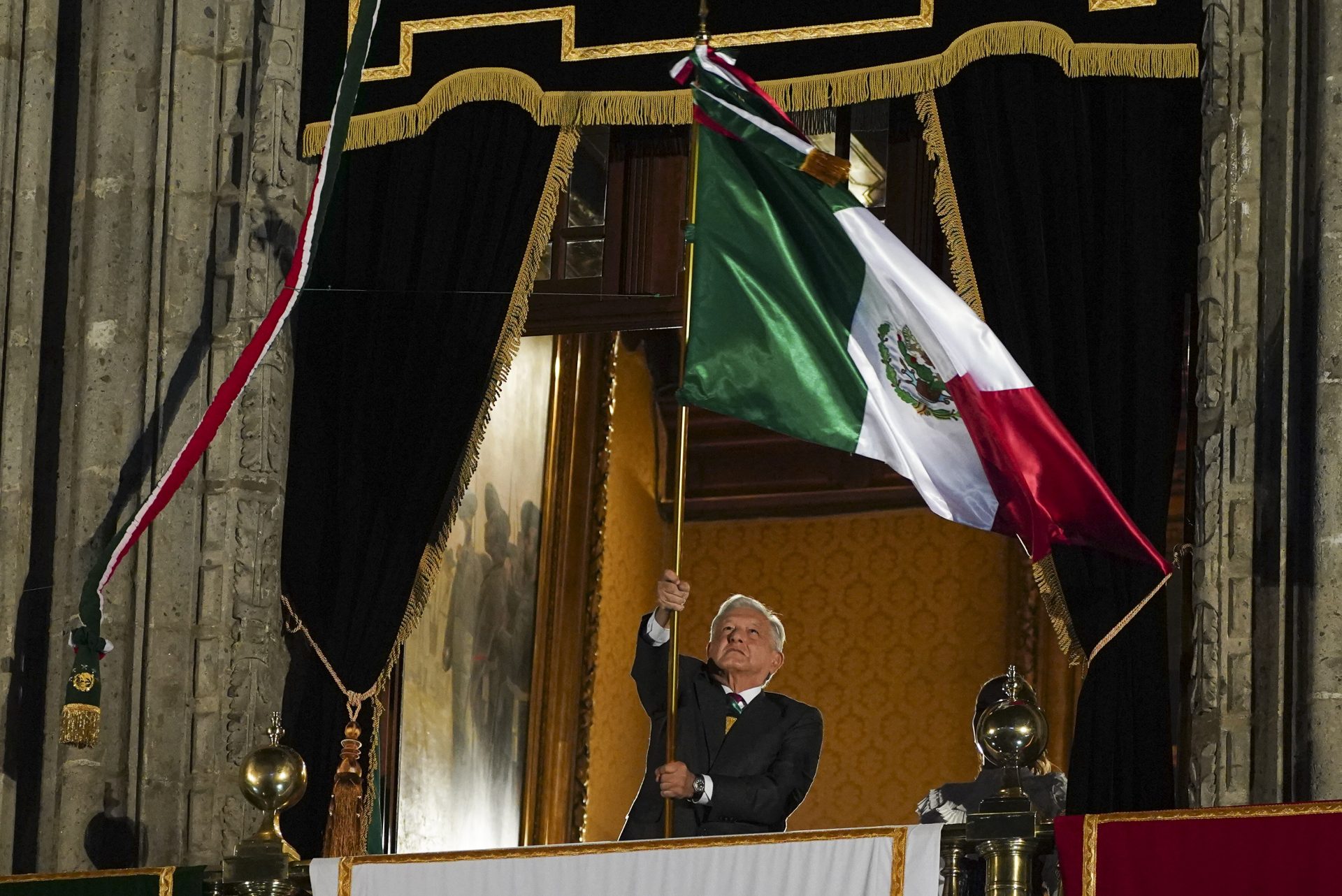|
Only have a minute? Listen instead
Getting your Trinity Audio player ready...
|

With Labor Day behind us, more moderate temperatures are surely just around the corner. The same cannot be said for U.S. relations with China and Russia, as both diplomatic and geopolitical concerns continue to simmer. Beijing hosted U.S. Commerce Secretary Gina Raimondo in mid-August following a series of high-level U.S. officials’ visits to China in recent months over ongoing disputes about technology, export controls and security. Chinese President Xi Jinping did not attend the G20 summit on Sept. 9-10, but Russian President Vladimir Putin is expected to visit Beijing in October.
Xi is engaging with the U.S., but Beijing is also looking elsewhere for economic and geopolitical opportunities amid concerns about China’s sputtering economic growth. In an Aug. 24 news conference, BRICS (Brazil, Russia, India, China and South Africa) announced the invitation of Argentina, Egypt, Ethiopia, Iran, Saudi Arabia and the United Arab Emirates to join the bloc. This is intended to expand the bloc’s influence, with President Xi calling the announcement “historic.” This initiative should not be taken lightly given its potential effect on Global South economies and its objective of serving as a counterweight to the West.
The BRICS expansion will also create even more heterogeneity within the bloc with U.S. traditional allies Saudi Arabia and the United Arab Emirates representing distinct geopolitical interests from other members, including China and Russia. Similar to China, Russia may also be looking at this announcement as a much-needed geopolitical opportunity as the war with Ukraine lingers on. Beyond BRICS, another concern is the recent announcement that President Putin is also expected to host North Korean leader Kim John Un sometime next week.
Amid these geopolitical announcements, political changes are also coming in Mexico. With less than a year until Mexico’s presidential elections, we do not yet know who the president will be, but we do know that Mexico will likely elect its first woman president. Senator Xochitl Gálvez, a businesswoman from the state of Hidalgo, gained popularity in recent weeks and has officially been selected to represent the opposition coalition of the PAN, PRI and PRD. Gálvez will take on former Mexico City mayor Claudia Sheinbaum, who secured the Morena nomination Sept. 6.
Even with official candidate announcements behind us, unknowns still exist. Having lost his bid as the Morena candidate, former Foreign Relations Secretary Marcelo Ebrard questioned the Morena polling process. Ebrard still enjoys a fair amount of support in the country that could lead him to consider running as an independent, or as a candidate of a third party or movement. Additionally, Movimiento Ciudadano has not named a candidate, and whether and when they do will be important to monitor. As it stands now polls currently show Morena ahead by a wide, but not insurmountable, margin.
As the candidates for the presidency come into focus, Mexico’s economic outlook through 2023 is encouraging. Mexico’s GDP grew by 0.9% in Q2, beating market expectations. On Aug. 30, Mexico’s central bank, Banxico, raised the growth forecast from 2.3% to 3.0% for 2023, though the bank opted not to cut interest rates. Mexico’s inflation also slowed, as expected. A recent analysis by Coneval – Mexico’s policy evaluation unit – also found that 5.7 million fewer Mexicans live below the poverty line than in 2018. Looking into 2024 and the upcoming presidential election the strength of the peso, expectations for increasing nearshoring, and the current economic forecast are all potential signs of a less risk-averse economy than during the 2018 elections.
On trade, many of the prolonged disputes regarding the United States-Mexico-Canada Agreement continue. On Aug. 25, Canada announced that it would participate as a third party in the dispute settlement panel between the United States and Mexico on genetically modified corn. Mexico’s Economy Ministry requested a review of antidumping quotas on steel exports to the United States. Finally, the United States requested a Rapid Response Labor Mechanism panel regarding a labor dispute of a mine in Zacatecas. And on the energy front the U.S. recently moved to escalate their concerns.
The ebb and flow of migration also continues unabated. In August, U.S. Border Patrol reported the apprehension of roughly 177,000 individuals. Border Patrol also reported the apprehension of a record number of families, rather than single adults, crossing the southern border. These dynamics suggest that the initial drop in migration post-Title 42 may be cooling off. In response, the U.S. is increasingly opting for expedited removals and detention processes for those crossing between ports of entry.
On Sept. 6, a judge ordered that Texas must remove the controversial floating barrier that the state had placed in the Rio Grande to thwart migration by Sept. 15. This decision comes two weeks after Gov. Greg Abbott reportedly moved the barriers closer into Texas territory following a government survey that found 80% of the buoys were in Mexican territory
President Andres Manuel Lopez Obrador recently made controversial statements that the government recognized number of more than 100,000 disappeared persons in Mexico since 2006 is an overcount. The president’s statements and subsequent announcement of recounting policies led the head of Mexico’s National Search Committee, Karla Quintana, to abruptly resign. Several hundred mothers protested in Mexico City on Aug. 31, the International Day of the Disappeared.
Antonio Garza is a former Cameron County judge and U.S. ambassador to Mexico.




